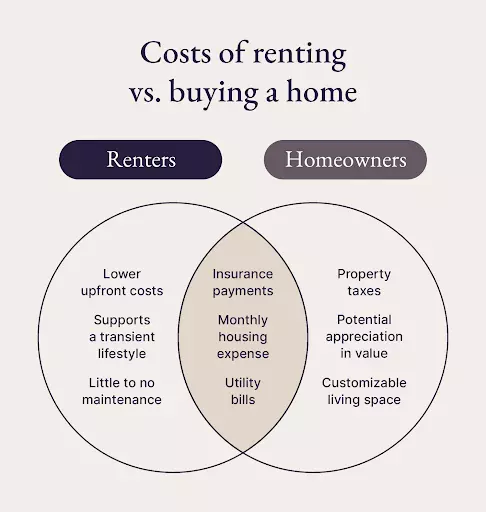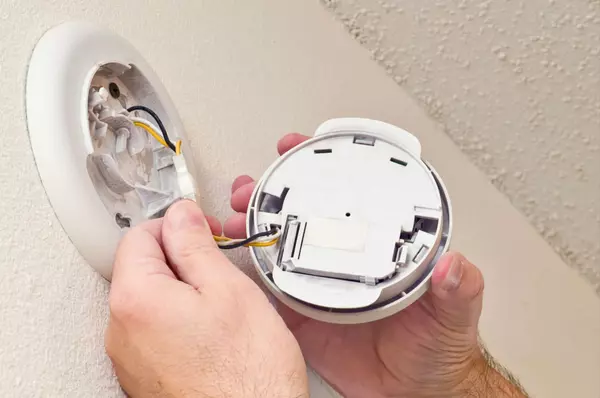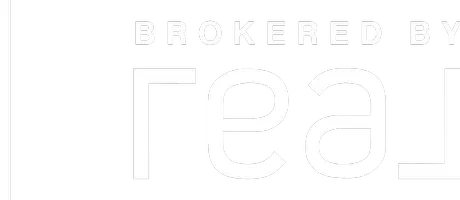Buying and Selling a Home at the Same Time
Buying and Selling a Home at the Same Time: A Guide for Smooth Transitions
Buying a new home while selling your current one can feel like a juggling act, but with the right strategy, you can make the process smooth and stress-free. Whether you're upsizing, downsizing, or relocating, here’s a step-by-step guide to successfully navigating both transactions at once.
1. Understand Your Market
Before making any moves, analyze the real estate market in your area:
- Is it a seller’s market? Homes sell quickly, meaning you may need to secure your next home fast.
- Is it a buyer’s market? It may take longer to sell, so consider a backup plan in case your home doesn’t move as quickly as expected.
A knowledgeable real estate agent can provide insights into local trends and help you time your transactions wisely.
2. Decide on Your Buying vs. Selling Strategy
There are three main approaches to handling both transactions:
Option 1: Sell First, Then Buy
✔️ Pros:
- You know exactly how much you have to spend on a new home.
- No risk of paying two mortgages at once.
❌ Cons:
- You may need temporary housing if you don’t secure a new home immediately.
- You might feel rushed into purchasing a home that isn’t the best fit.
Solution: Consider a rent-back agreement where the buyer allows you to stay in your home for a short period after closing.
Option 2: Buy First, Then Sell
✔️ Pros:
- You can move at your own pace without worrying about temporary housing.
- Less pressure to accept a low offer on your current home.
❌ Cons:
- Financial strain of carrying two mortgages if your current home doesn’t sell quickly.
- Need to qualify for a new mortgage while still holding your existing one.
Solution: A bridge loan or home equity line of credit (HELOC) can help fund your purchase while waiting for your home to sell.
Option 3: Buy and Sell Simultaneously
✔️ Pros:
- No need for temporary housing or short-term financing.
- Ideal if market conditions align well.
❌ Cons:
- Requires careful coordination and perfect timing.
- May involve contract contingencies that could make your offers less competitive.
Solution: Work with an experienced real estate agent to synchronize your closing dates as closely as possible.
3. Secure Financing Early
Getting pre-approved for a mortgage before listing your home is essential. If you’re using proceeds from your home sale for the down payment, discuss financing options with your lender, such as:
- Bridge loans – Short-term loans to cover the gap between buying and selling.
- Home equity lines of credit (HELOCs) – Access cash from your current home before selling.
- Contingency clauses – Include a home sale contingency in your purchase offer, though this may be less appealing in competitive markets.
4. Prepare Your Home for Sale
To maximize your home’s value and sell it quickly:
- Declutter and depersonalize – Make it easy for buyers to envision themselves in your home.
- Invest in small upgrades – Fresh paint, landscaping, and minor repairs can boost appeal.
- Price it competitively – Work with your agent to set the right price based on market conditions.
5. Coordinate Closing Timelines
Aligning your sale and purchase closing dates is crucial. Some strategies include:
- Rent-back agreements – Negotiate extra time in your current home after closing.
- Extended closing on your purchase – Gives you more time to sell your existing home.
- Short-term rental – Provides flexibility if timelines don’t align perfectly.
Final Thoughts
Buying and selling a home simultaneously requires planning, market knowledge, and the right financing strategy. By working with an experienced real estate professional, you can navigate the process with confidence and minimize stress.
Thinking about making a move? Let’s connect and create a personalized strategy to help you transition smoothly!
Categories
Recent Posts







Leave a reply

